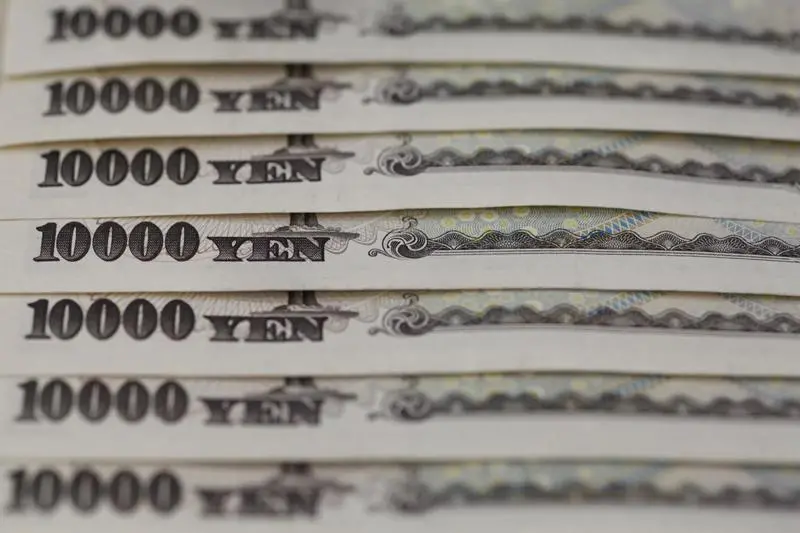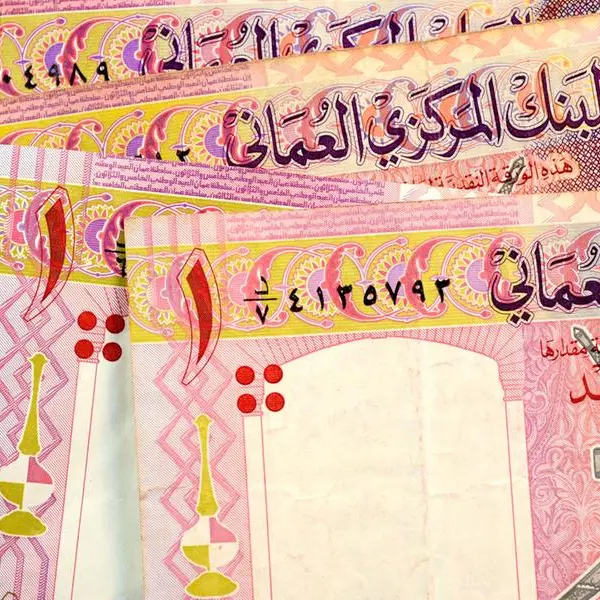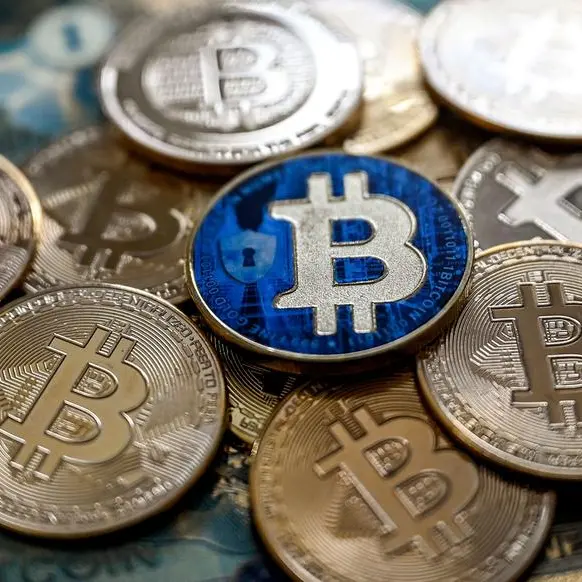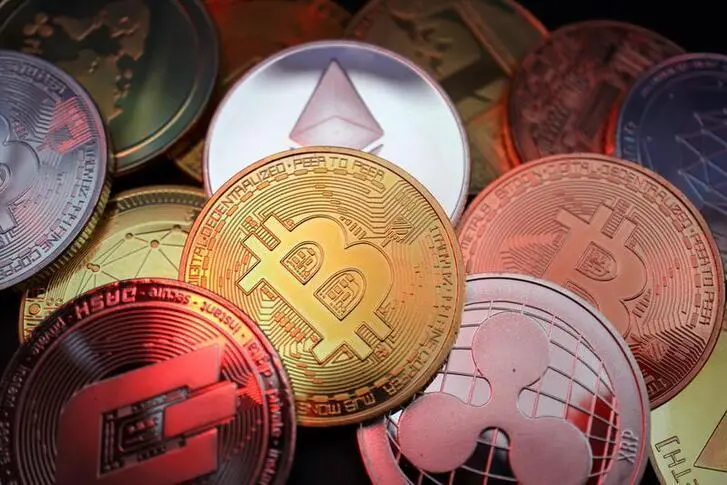PHOTO
The yen remained weak for a second straight day on Tuesday and the dollar softened against the rest of its peers in calmer trading, as markets await U.S. inflation data that could indicate the outlook for Federal Reserve interest rate cuts.
The greenback began softening after the release of data showing U.S. producer prices increased less than expected in July as a rise in the cost of goods was tempered by cheaper services, indicating that inflation continued to moderate.
"We're seeing little bit of weakness, and part of the issue is we don't have a CPI (report) yet," said Erik Nelson, macro strategist, at Wells Fargo Securities in London. "We did see a little bit of dollar weakness. The core PPI number was actually kind of strong, which may be holding back the dollar weakness as well."
Currency markets have been rocked by a sharp rally in the yen since July that has prompted - and been driven by - an unwinding of a highly popular investment strategy called the carry trade and contributed to a slide in stocks.
Yet the dollar was softer against the yen on Tuesday to 146.98, in a sign that markets appear to be over the worst of the recent turbulence.
The yen slid to 38-year lows in July as investors piled into the carry trade, where they borrow yen in Japan where interest rates are low, then sell it for other currencies to buy higher yielding assets elsewhere.
A number of factors, particularly a surprise rate hike by the Bank of Japan and expectations of U.S. rate cuts due to a slowing labor market, have combined to reverse the carry trade stampede, leaving the yen up around 8% since mid-July.
Government sources told Reuters that Japan's parliament plans to hold a special session on Aug. 23 to discuss the central bank's decision last month to raise rates.
Investors await the more closely watched consumer price index report on Wednesday, which will also help guide the Fed's interest rate policy.
The dollar index slipped to 102.92, with the euro up 0.22% at $1.0957.
"All told this is a fair indication that the Fed won't have any roadblocks to cutting interest rates at least 25 bps (basis points) in September," said Helen Given, associate director of trading at Monex USA.
"I still don't believe 50 (bps) is likely, as the Fed has shown itself to be averse to shocking the market, but the potential for any easing rather than continued holds promises some USD weakness especially as other central banks around the world consider holding rates steady during the next meeting cycle."
POUND PERKS UP
Sterling rose 0.42% to $1.2817, with data earlier in the session showing the UK's jobless rate fell to 4.2% in June from 4.4% in May, defying economists' expectations of a slight rise. Job vacancies declined while wage growth slowed.
Low survey response rates have recently caused investors and economists to put less weight on Britain's labor market data.
In other currencies, the Aussie dollar rose 0.35% to $0.6608. The dollar was flat against the Swiss franc , another currency that has rallied recently as investors have unwound carry trades.
(Reporting by Laura Matthews in New York and Harry Robertson in London; Additional reporting by Wayne Cole in Singapore; Editing by Sam Holmes, Sharon Singleton, Susan Fenton and Paul Simao)























